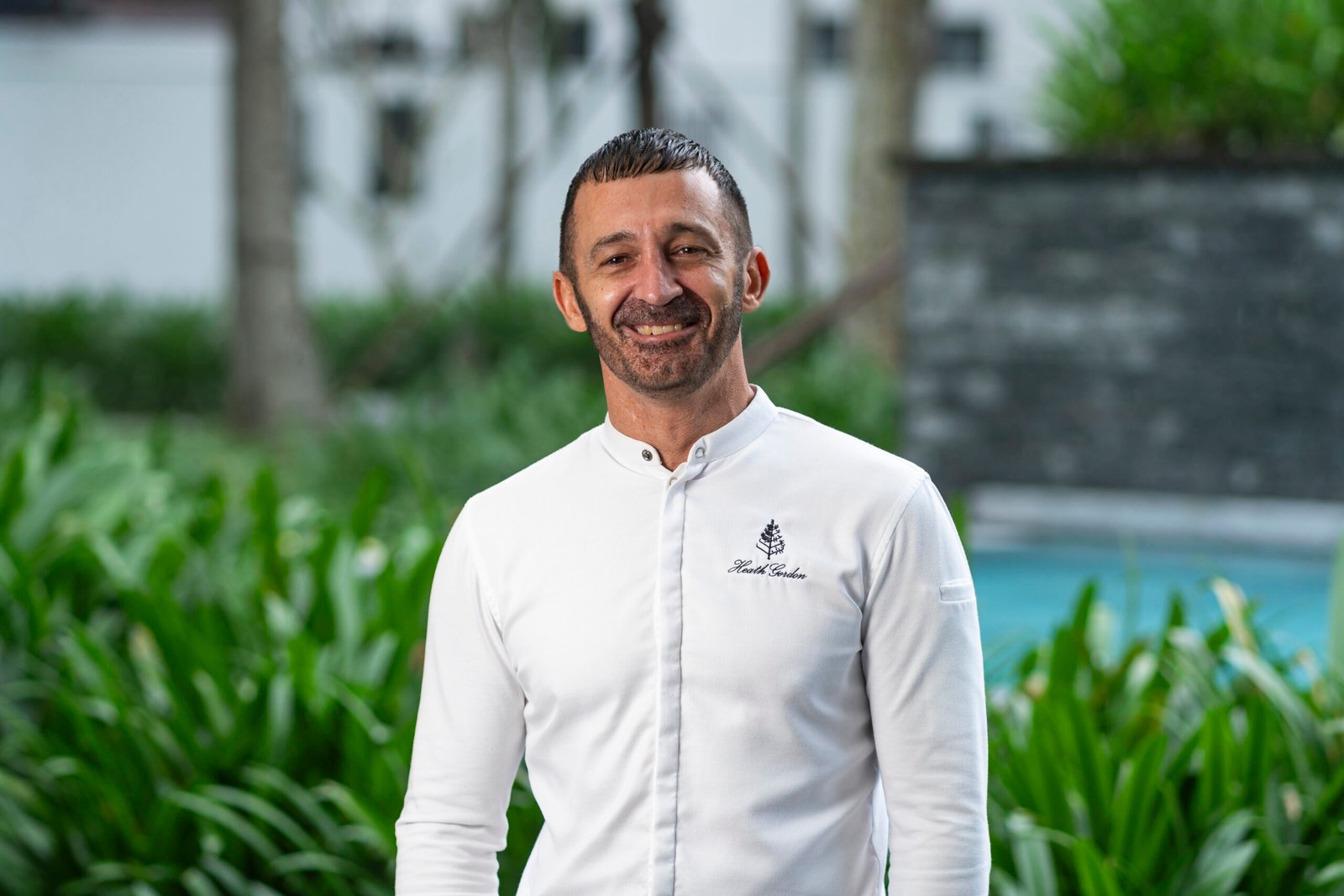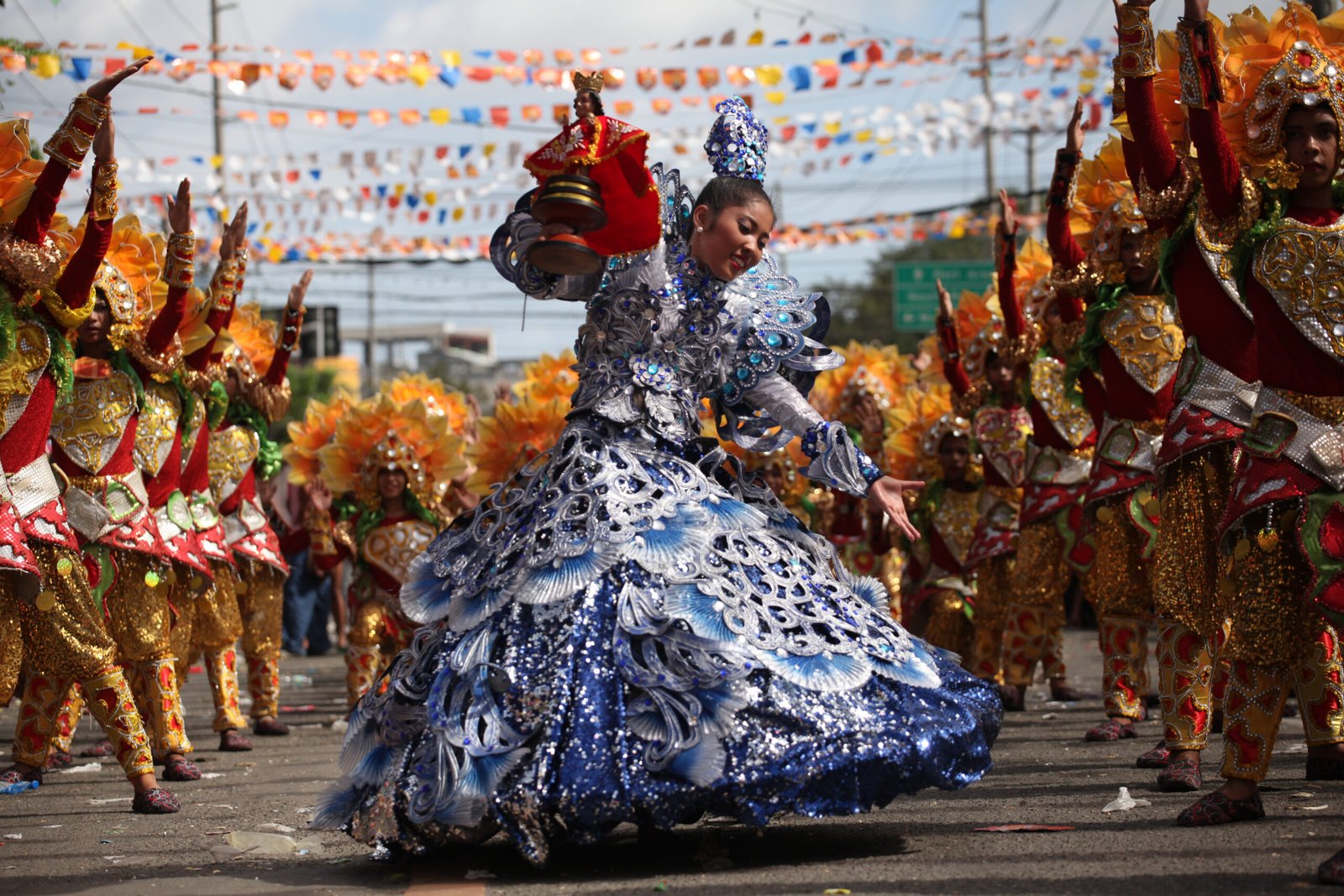
Thirty years ago, on August 15, 1995, India witnessed a moment that would redefine connectivity and communication. The launch of VSNL’s GIAS (Gateway Internet Access Service) placed the country among the world’s digital frontrunners. Three decades later, as the nation celebrates this momentous event, it’s time to reflect on the journey that led to this. Today, with over 900 million users, everyone in India takes Internet as a given, as well as something one can’t live without. Be it for banking, news, watching Netflix/YouTube, online shopping, education, social media, WhatsApp or video calls, but how did this come about?
Live Wire! BBS: The First Indian Digital Community
Long before commercial Internet services, India’s BBS (Bulletin Board System) community thrived through landlines and modems. Since my father was a senior Director in Air India, we used to frequently travel in our summer break at school. I saw computers connect to each other via a phone line using a device called a ‘modem’ and connecting to a service called ‘BBS’ (Bulletin Board Service). So in 1989 when I didn’t find one in India, I decided to start the first one.
Even as a teenager, I was part of the founding member of MUC (Microcomputer Users’ Club) so the value of computer community was strongly imbibed in me. In early 1989, while still doing my Electronic Engineering studies, driven by curiosity and ambition to connect the disconnected, I started Live Wire! BBS (LWBBS) literally from my bedroom—connecting one computer and a modem over a shared home telephone line. What began as a hobby—quickly blossomed into India’s first and largest BBS creating a deep impact which we could not have predicted back then. My brother Anish Nanda, joined me in running the operations as SysOp and together it was the start of something big. So while we grew in leaps and bounds, the idea was to connect not just users in Bombay (Mumbai) but from all over the country and the world.
I got in touch with a network of BBSes called FidoNet which at its peak had about 39,000 BBSes and 4 million users worldwide. With this LWBBS put India on the global map and we got connected to an international network of BBSes. Like most BBS in that era, LWBBS was like a simple server featuring message forums, email, shareware file-sharing, online games, and online chat.
In 1993 I was invited to participate in the INET’93 at Stanford University and in 1994 as a team presented IDRC’s Pan Asia Networking (PAN) Program Initiative at INET’94. These were seeding the idea of Internet in India. At that time, due to concerns of security, if any organization had to start Internet it had to be a Govt. or Govt.-linked body. To my mind, VSNL was the best candidate as they already had lease lines and working relationships with MCI (USA), BT (British), SingTel etc. So I setup a meeting and proposed the idea of starting public Internet to the BK Syngal, CMD along with Amitabh Kumar Director (Operations) and Neeraj Sonkar, GM-VSNL. That discussion triggered multiple conversations and meetings.

Finally on a rainy morning on 15th August 1995 as the Indian national flag went up, the GIAS public Internet service by VSNL was launched and open to all. Up until then, Internet in India was only available to educational and research institutes via ERNET (first Internet connection to India, years ago), NICNET (for Govt. only) and STP (for Tech Parks only). So this public Internet service was a milestone. The GIAS launch was just the start and it opened the floodgates. We helped with the critical role of backend systems and backbone, rollout strategy, drawing on our combined experience. The insights of running a network of BBS across India helped. We also banded together all friends who could support.
As India embarks on its next digital chapter—with 6G, AI, cloud computing and a trillion-device ambition—it’s good to pay homage to its original dreamers. Those who embraced clunky modems, expensive access, and limited bandwidth, and who persevered through it all with a vision to have every Indian connected to the Internet. From analog dreams, the buzzing Live Wire! BBS community in a bedroom in Mumbai to today’s wireless & fibre optic broadband, we have come a long way!
The author is an Internet & Communications tech pioneer, ICT4D expert and an avid photographer on a spiritual journey. He is also advisor to Chairperson Reliance Foundation and on various committees.








Leave a Reply